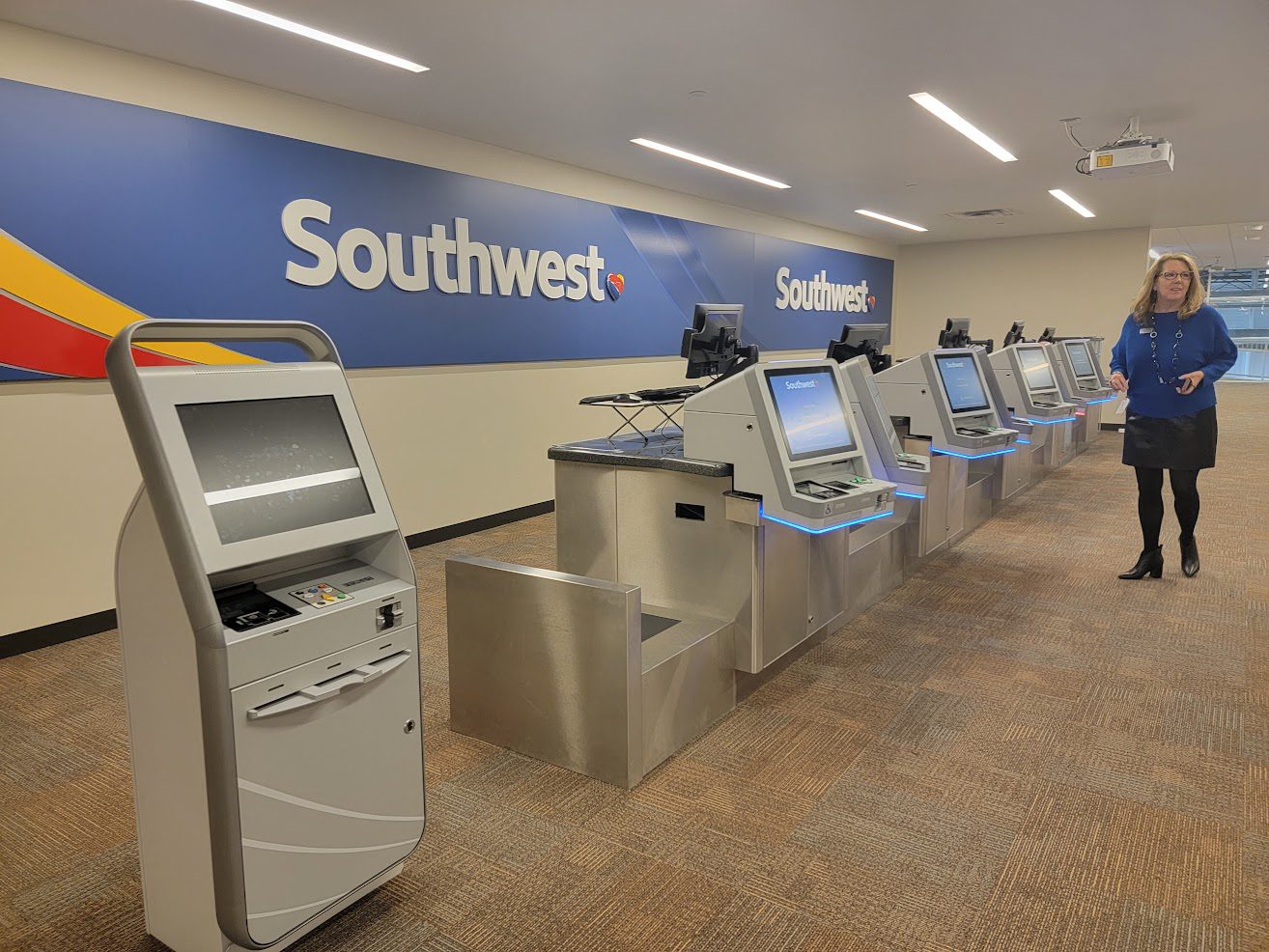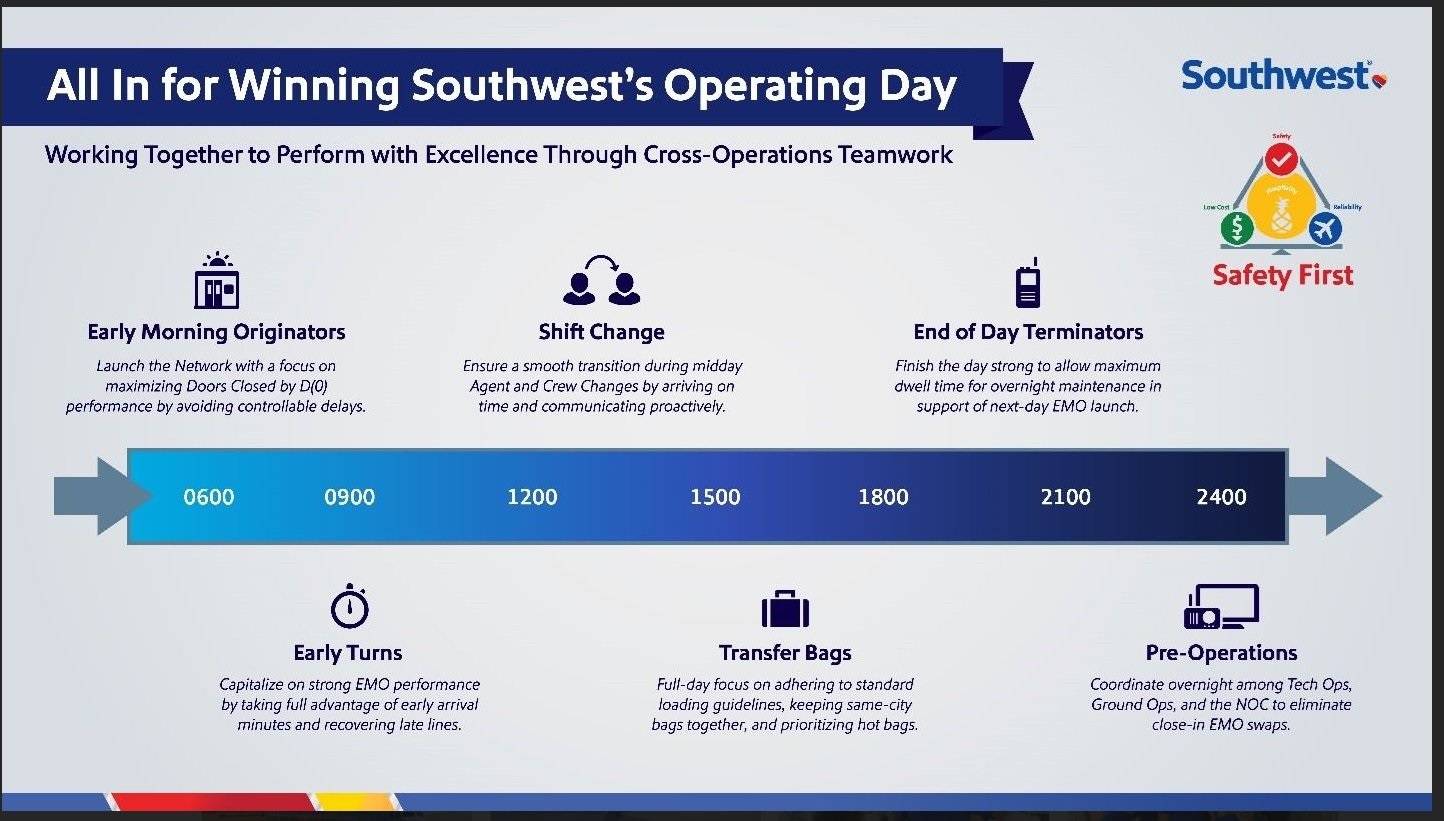It’s been five months since Southwest Airlines experienced an unprecedented meltdown. They initially blamed weather, but they were cancelling over 60% of their flights a day even while other airlines throughout the country were operating normally. They found themselves short-staffed, and without the systems to recover. Their phone system broke. And they had to rebuild schedules manually, getting in touch with crews one at a time. And this went on for a week.
Millions of passengers were affected, and it cost the airline almost a billion dollars directly, loss of goodwill that almost certainly had forward-looking revenue implications, and the focused the need for significant new investment in people and technology.
Now the airline is headed into summer – peak travel – so observers both inside and outside the company are asking whether they’re ready. While December was a long tail event, recent years have taught us that rare events happen more often that you’d expect. Southwest has publicly outlined steps they’ve taken to prevent a repeat of December. Here’s what they’re telling employees. Southwest has:
- hired 5,700 new employees – and while they’re schedule is up 7% year-over-year, staffing is up 15%.
- evaluated staffing across airports and sent people to places that were understaffed.
- created a cross-functional working group of leaders to address seasonal issues (rather than focusing just on the day’s issues). They call the team SPF for Summer Preparedness Forum.

One of the problems Southwest faced was trying to contact staff one by one, and that’s still an issue. But they’ve…. adjusted the order that phone tree menu options are given, and given estimated wait times for crew to hold (so that they don’t hang up!). They’ve already made adjustments to their SkySolver system that wasn’t able to rebuild flight schedules at the scale needed in December. And they’ve set up better customer communications regarding baggage via email and text.
They’ve also adjusted schedules in Denver, where their operation began melting down in December. Summer runway construction means that they are adjusting connection schedules and crew connection times to account for delays there.
In 2021 and 2022 there were operational challenges at Southwest and other airlines around lack of staff. That shouldn’t be the issue at this point, although with nearly 20% turnover as of December the number of new staff present other challenges – a loss of context and experience in recovering when operations go south.
That’s a challenge other carriers face as well, indeed some of Delta’s challenges in achieving their past operational peaks may be the result of turnover including at the operational leadership level.
Given the long-term nature of the investments Southwest needs to make, I suspect that it’s going to take more than 5 months to prevent not just a similar meltdown to December but a meltdown in response to an entirely different and as-yet-unknown black swan event. But December certainly focused them, and they do appear to be taking steps to address risk areas. Meanwhile, we’ve seen IT meltdowns in the past at both Delta and United, and I wouldn’t hesitate at all to fly Southwest this summer (indeed, I’m booked to do so).



What major technology upgrades have been implemented since December??
Soooo basically they’ve done nothing to address the root cause of the problem. Just a matter of time before this happens again.
Five months isn’t enough time to strategize, spec, and write the needed tech upgrades, let alone implement them. They’re throwing a mound of inexperienced new hires into the meat grinder, but otherwise going in naked.
They’ve known about this for at least five YEARS, not five months.
Rearranging phone trees and adding hold time should have taken them about an hour to test and implement… So you’re saying they’ve done basically nothing to fix the Root Cause.
The so called improvements does not address the lack of overdue technology investment.
Remember – it’s still stakeholders 1st, suits 2nd, passengers 3rd.
There, their, they’re (are not interchangeable)
Leff doesn’t mention the strike vote at the pilot and flight attendant unions. And hiring additional staff with the same phone system, same procedures to use it, and the same “antique software” they’ve blamed for 20+ years in place isn’t going to help. “Tweaking” Sky Solver software, known by flight crew as Crew Sodomizer, could help a little. It appears more geared toward keeping pay low during an event than any schedule efficiency or system recovery. And speaking of keeping pay low…swa employees have watched their counterparts at other airlines negotiate decent contracts while their earnings remain stagnant and executives receive raises and bonuses, which doesn’t bode well for “all hands on deck” during another meltdown. Otherwise new VPs, more “cross functional teams” teams, tweaking, and phone trees sounds like money and effort that could better be spent elsewhere. Was this article just a recap of a press release?
So what’s changed? Ummm,
Forgot the #1 strategy: Fly another airline. That’s what I’m doing.